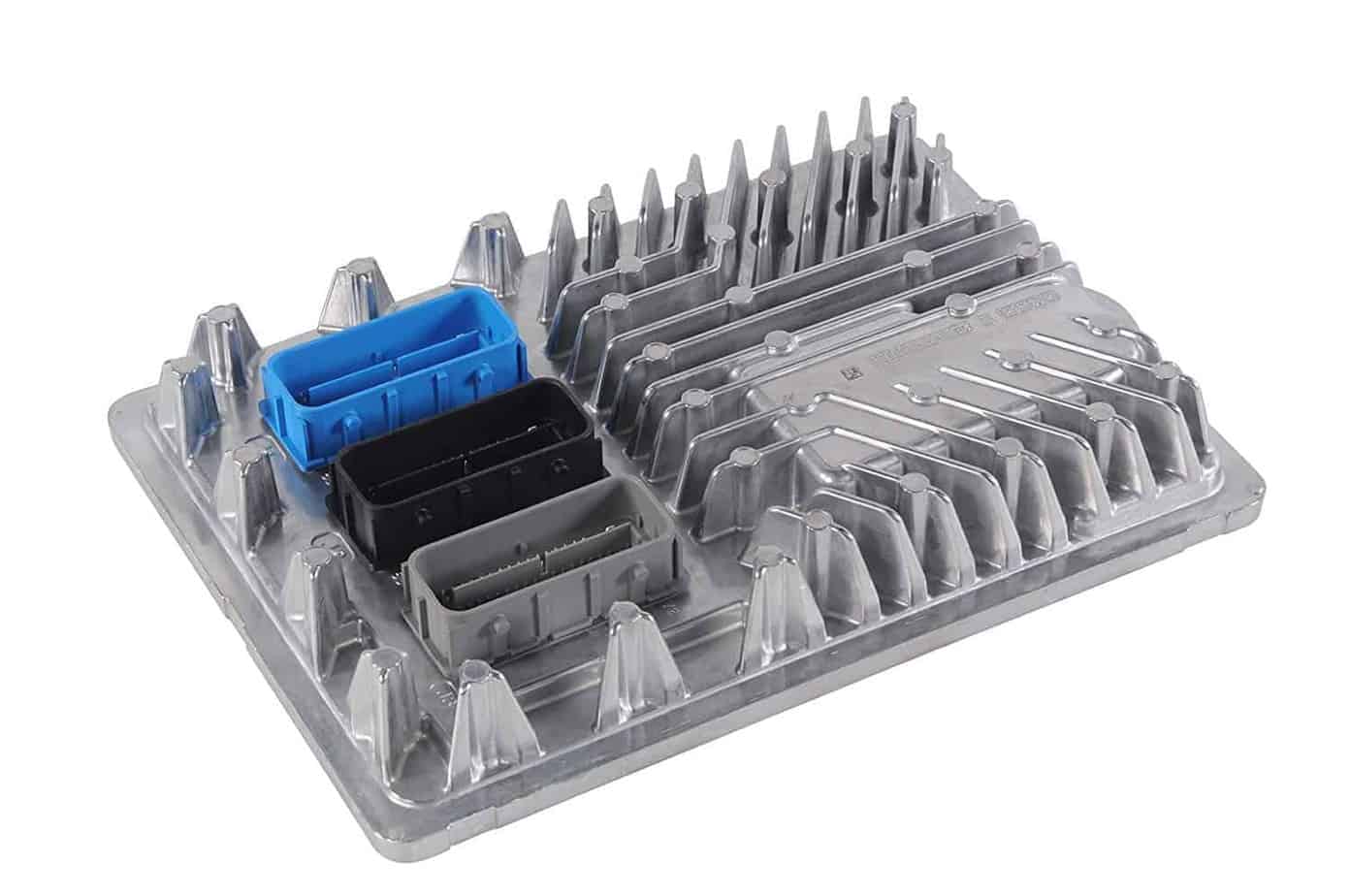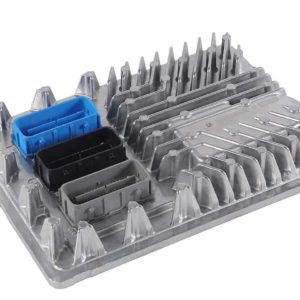Is Your Silverado Running Rough? Get the Brains of the Operation.
If your 2016-2018 Silverado 1500 is suddenly plagued by a persistent check engine light, poor fuel economy, stalling, or even a frustrating no-start condition, the problem often lies with a failing Engine Control Module (ECM). As a technician with over two decades of experience under the hood, I’ve seen how a faulty ECM can turn a reliable truck into a source of constant headaches. This isn’t just a part; it’s the central command center for your engine, and when it fails, everything downstream is affected.
This isn’t a generic, one-size-fits-all computer. We take the guesswork and dealer expense out of the equation. Simply provide us with your truck’s Vehicle Identification Number (VIN) after purchase, and we will program this ECM with the latest, most stable software updates directly from GM. It arrives at your door ready for installation, tailored specifically for your vehicle’s configuration.
Key Benefits of a VIN-Programmed ECM
- ✔ Eliminate Guesswork: Arrives flashed with the correct GM calibration for your exact vehicle.
- ✔ Solve Common Problems: A direct solution for issues like false sensor codes, rough idle, hesitation, and no-start scenarios caused by a faulty ECM.
- ✔ Latest Software: We load the newest GM software, which often includes improvements for drivability and performance that your old module may be missing.
- ✔ Broad Compatibility: This module is a direct replacement for multiple service numbers, ensuring a perfect match.
Expert Pro Tip: Understanding the ‘No-Start’ After Installation
A customer’s 2017 Sierra came in last week with classic ECM failure symptoms. After we installed a new, programmed module, the truck would crank but not start. The customer was worried the part was bad. In reality, this is a perfectly normal security response. The new ECM doesn’t recognize the truck’s keys until a ‘Vehicle Theft Deterrent (VTD) Relearn’ is performed. This procedure, done with a GM-compatible scan tool, syncs the new module to your vehicle’s immobilizer system. It’s a crucial final step, not a sign of a problem.
Simplified Installation Process
- Safety First: Always disconnect the negative battery terminal and wait a few minutes for the system to discharge completely.
- Locate the ECM: On most 2016-2018 Silverado/Sierra models, the ECM is located in the engine compartment on the driver’s side, near the firewall or inner fender.
- Disconnect and Remove: Carefully unplug the electrical connectors. Use a small flathead screwdriver to release the locking tabs if necessary. Then, unbolt the module from its mounting bracket.
- Install the New Module: Bolt the new ECM into place and securely reconnect all electrical connectors. Ensure they click into place.
- Reconnect Battery: Reattach the negative battery terminal.
- Perform Relearn Procedures: This is the critical final step. You or your mechanic will need a professional scan tool (like one using GM’s Tis2web/Techline Connect) to perform the VTD relearn. Other procedures, like a crankshaft position variation relearn, may also be necessary to ensure smooth operation.
Is This the Right 2016-2018 Silverado ECM for My Truck?
This Engine Control Module is a direct replacement for vehicles originally equipped with any of the following part numbers. Please verify the number on your existing module to ensure compatibility.
- 12686382
- 12692068
- 12704476
- 12674052
- 12674472
- 12678815
This part is confirmed to fit a wide range of GM trucks and SUVs, including the Chevrolet Silverado, Tahoe, Suburban; GMC Sierra, Yukon; and Cadillac Escalade from 2016 through 2018, as well as other specific GM models listed in the fitment guide. Please confirm your specific model and year before ordering.
IMPORTANT NOTICE: We are responsible for providing a quality component programmed with the correct factory software for the VIN you supply. The buyer or their installer is responsible for the proper installation and completion of all necessary post-installation procedures, including but not limited to the Vehicle Theft Deterrent (VTD) relearn, crankshaft variation relearn, and any other setup functions required by your specific vehicle. Failure to perform these procedures can result in a no-start condition or poor performance.


